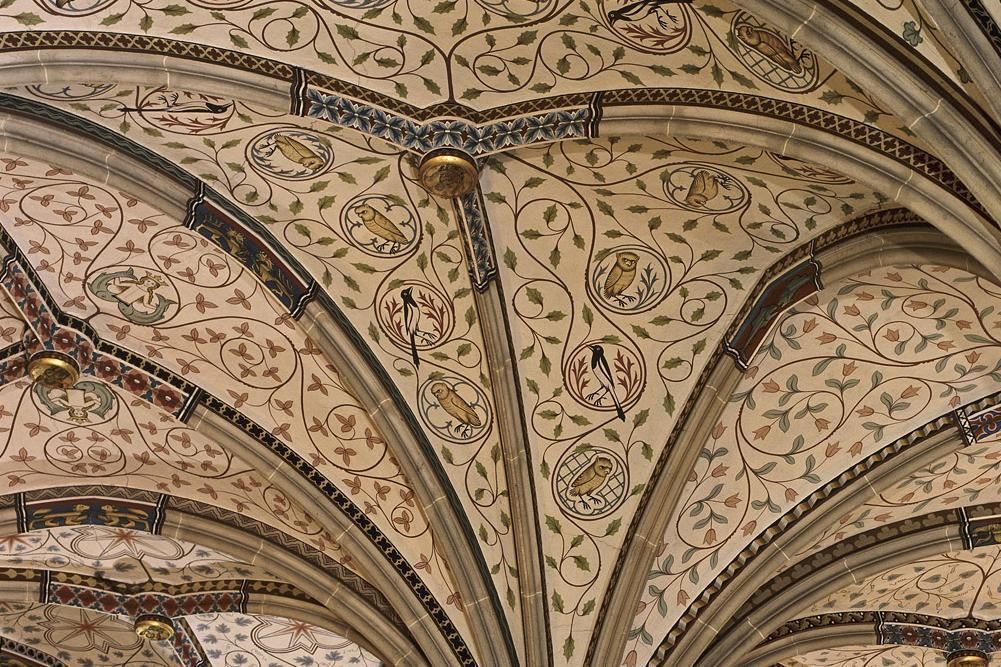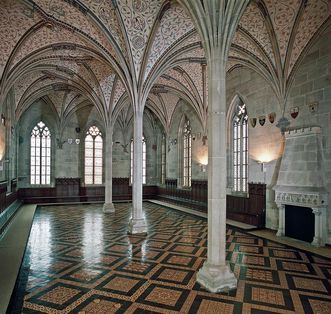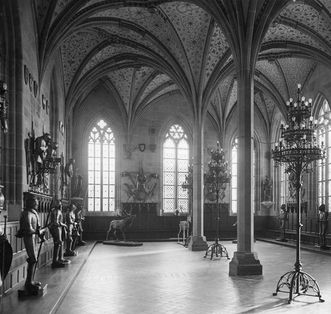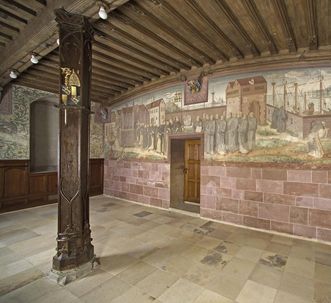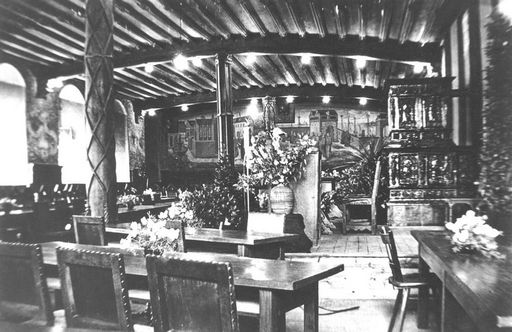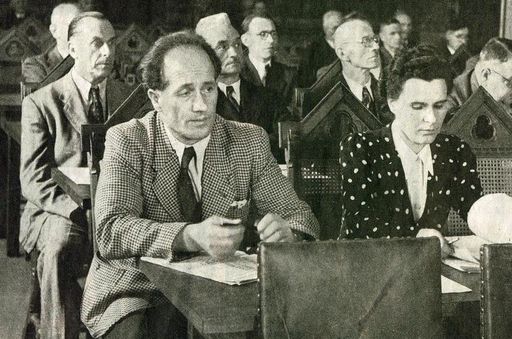A dining hall flooded with light
A fire gave Abbot Konrad von Lustnau the impetus to have the summer refectory, the monks' dining hall, rebuilt in 1335. Buttresses support the outside walls of the tall building. On the south side, a ridge turret soars from the roof, echoing the crossing tower of the monastery church in miniature. On the inside, the room displays the true beauty of late Gothic elegance. A special element: Only three slim octagonal pillars bear a fine star vault with elaborate keystones. High tracery windows fill the dining hall with ample light.



